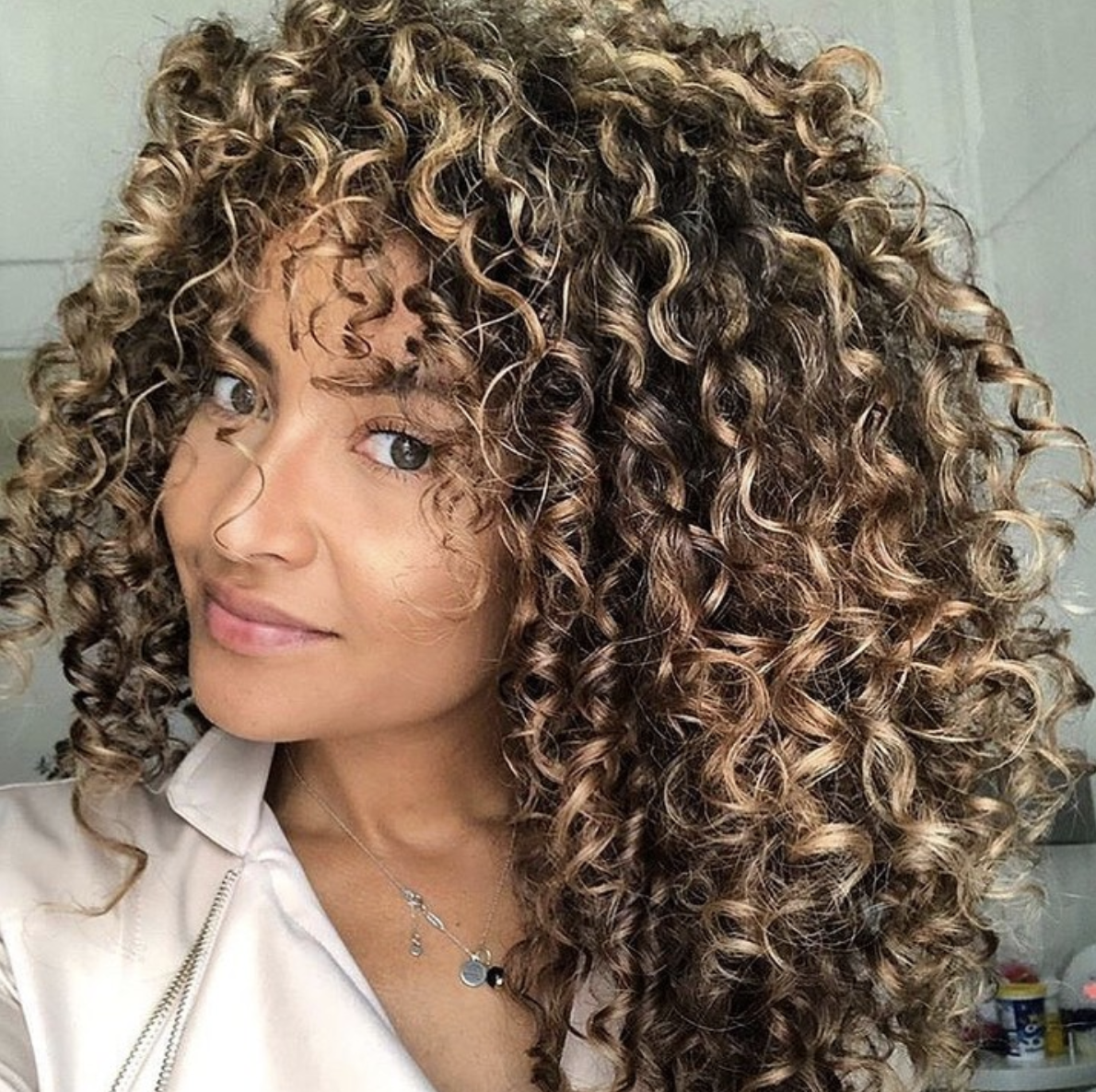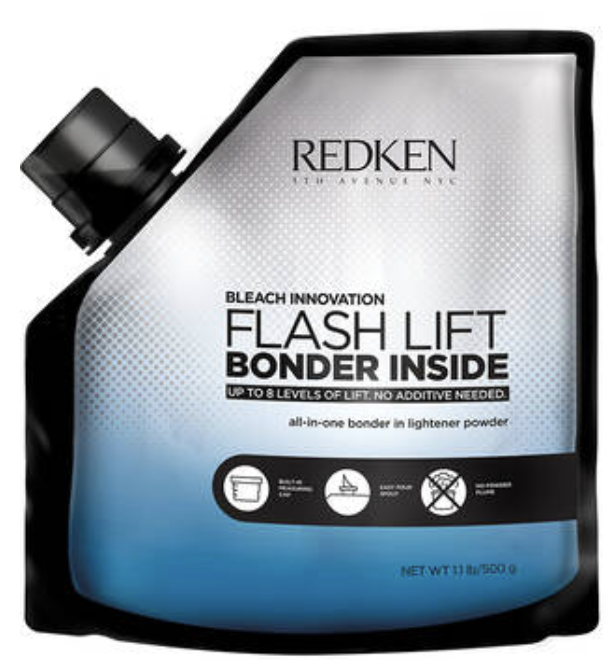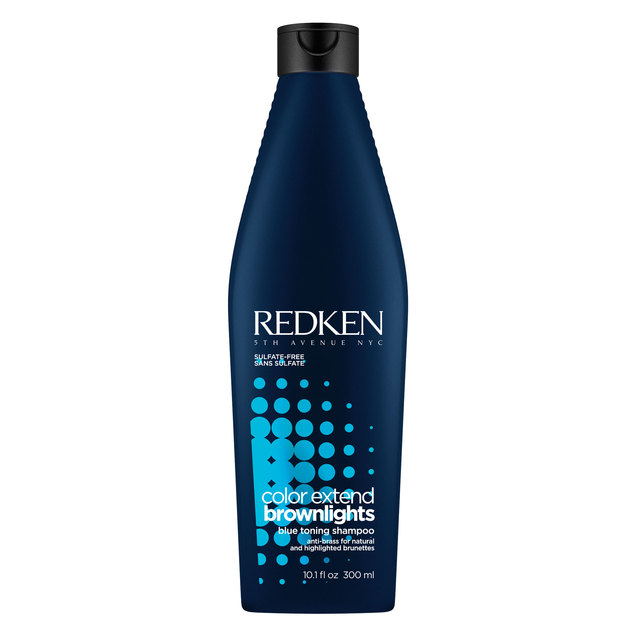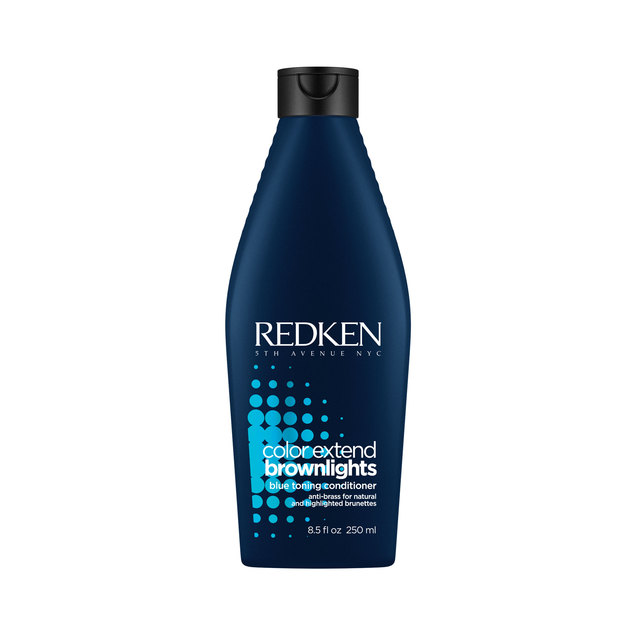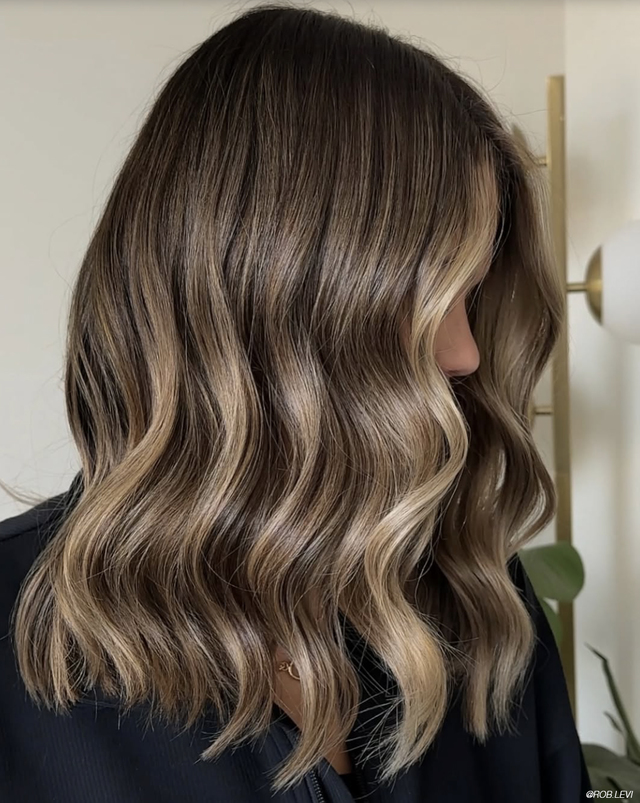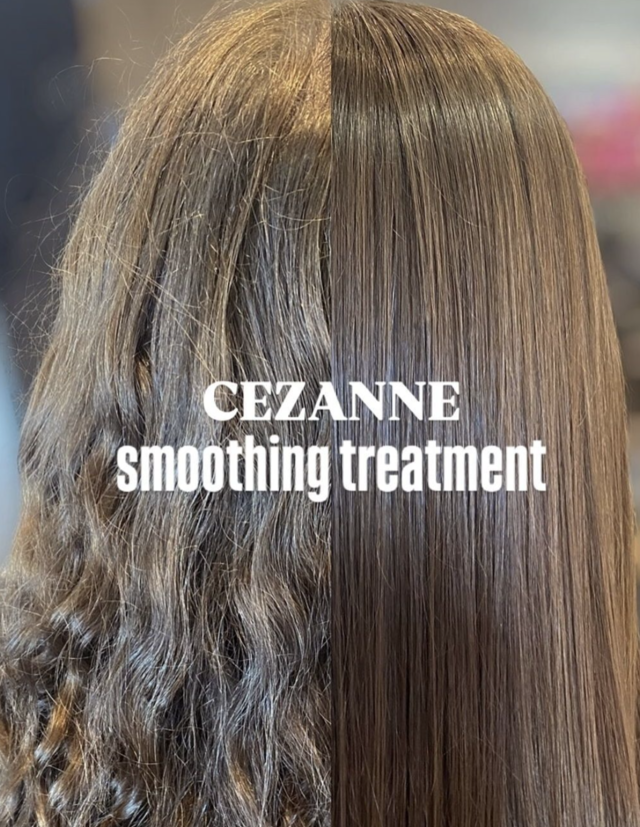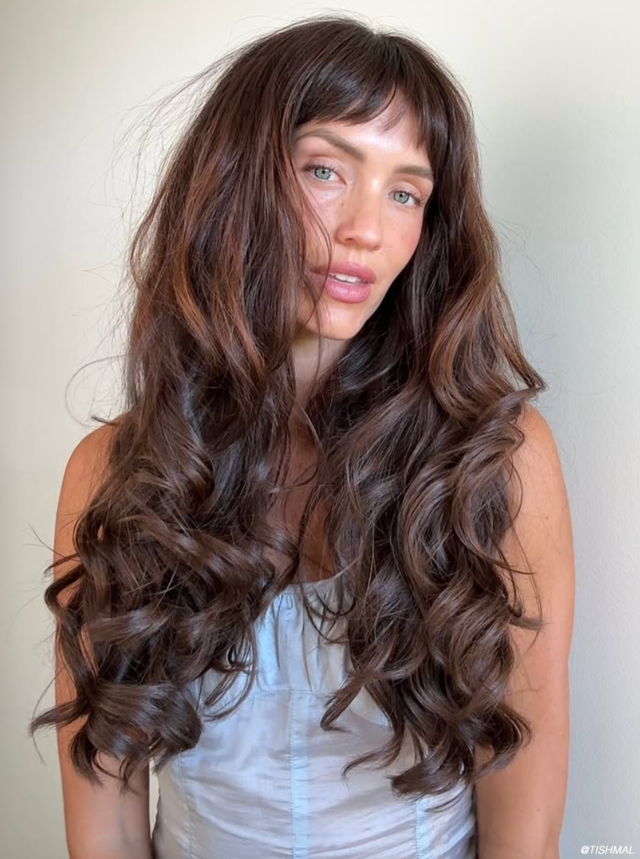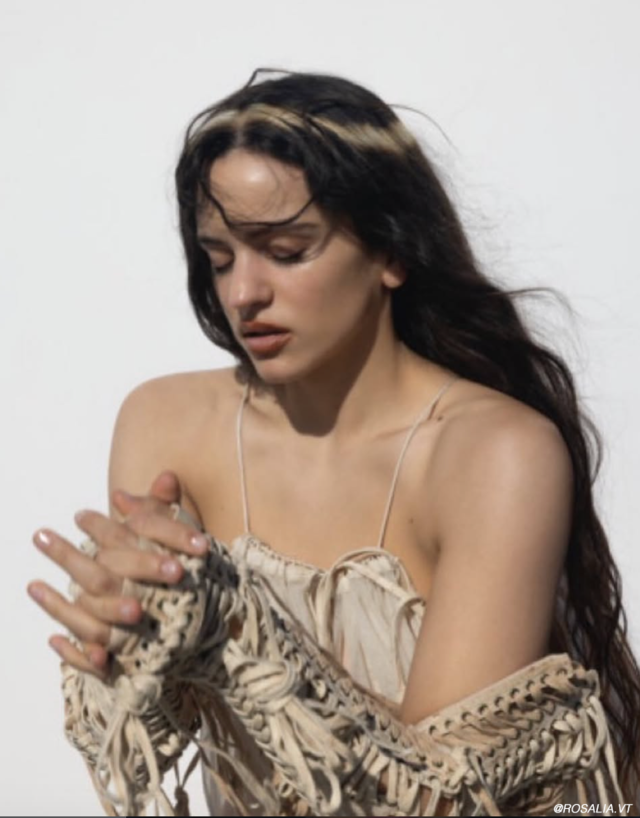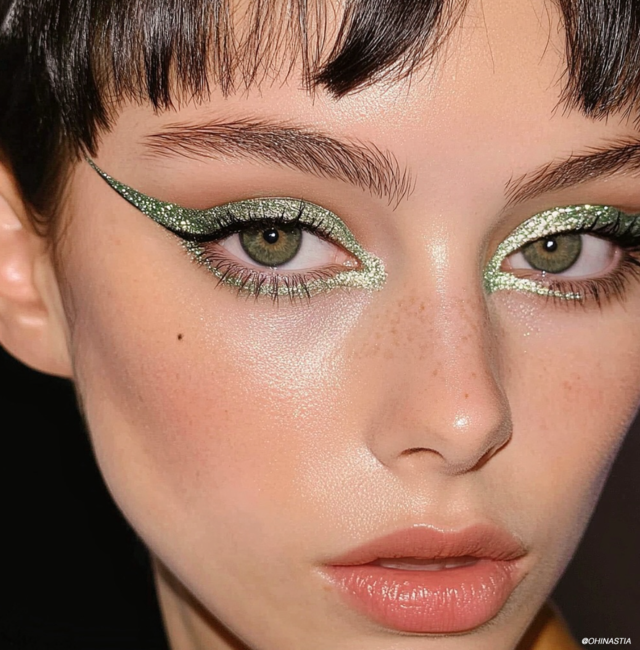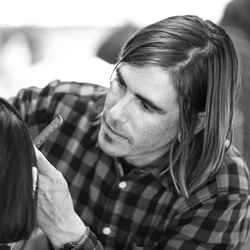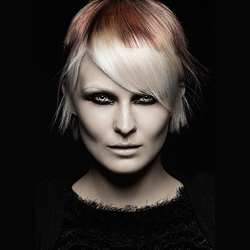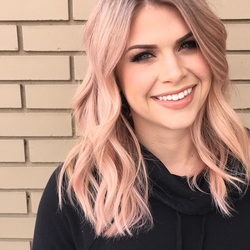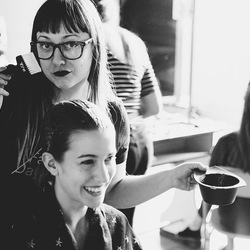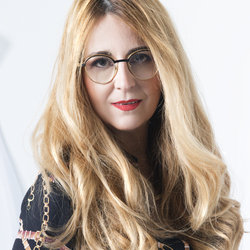Whether you’ve got waves, curls, or coils - clients everywhere are embracing texture in all their natural glory. As clients swap out their traditional blow-dry for diffusing or air-drying, finding a hair color that suits this new finished style is imperative. Expand your knowledge about color techniques for textured hair or simply refresh your go-to routine, we’ve got a few tips for every colorist. Keep reading to see our top tips and check out this video with Redken X Mizani Brand Ambassador Rachel Redd detailing the best ways to color and style textured hair!
Understand Curl Type and Texture
During the consultation, it is imperative to understand what hair type you are dealing with and the normal curl routine of your client. Does your client normally wear their hair curly? Or do they also like to wear it straight? This can dictate whether you reach for foils or depend upon a more free-hand technique like balayage.
Plan The Levels of Lift You Are Looking To Achieve
Is your client looking for a total transformation or simply a hint of color? When working with textured hair, keeping it healthy is of the utmost importance. Discuss this with your client at the consultation and communicate that their desired look might take more than one appointment to achieve. For the most part, using 10 or 20 volume developer is the best option for a slow and steady lift that won’t damage their hair.
Protect The Hair
Using products designed to keep the integrity of the hair bonds intact can be a game-changer for textured hair, which is why Redken Flash Lift Bonder Inside is the obvious choice. Able to be applied both on and off the scalp, it is formulated with the stylist in mind - without a bump in developer it lifts up to 8 levels while restoring and reinforcing weak bonds within the hair.
Sectioning Accordingly
Another big difference when coloring textured hair comes down to sectioning. Start by looking at the way hair falls and think about the cut or finished style. Then, start to weave sections by taking a W or Zig-Zag pattern parting. To create softness, backcomb each subsection before painting or applying foils. For higher texture types, pull the hair taut as you apply to ensure an even application of color.
Home Care and Touch Up
First and foremost, throughout the process, the health of the hair should be considered and home care is a large part of the success of this. Especially if clients are looking for a more severe transformation, this needs to be carried out over time, so taking care of the hair between salon sessions is even more pertinent.
- Daily: Always instruct clients to utilize shampoo and conditioner specifically formulated for color-treated hair that also have a color-depositing element to them. Our top choices for highlighted or colored hair is consistently Redken Brownlights Shampoo and Conditioner or Redken Color-Extend Blondage Shampoo and Conditioner to ensure color doesn't fade brassy or yellow!
- Every 4-6 Weeks: Scheduling regular glossing treatments to apply Shades EQ will help with their transition and keep their color looking fresh.
- Every 4-12 Weeks: Depending on the type of color created - gray coverage, overall tone, highlights, or balayage - you’ll need to schedule touch up appointments accordingly.
